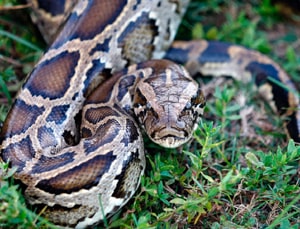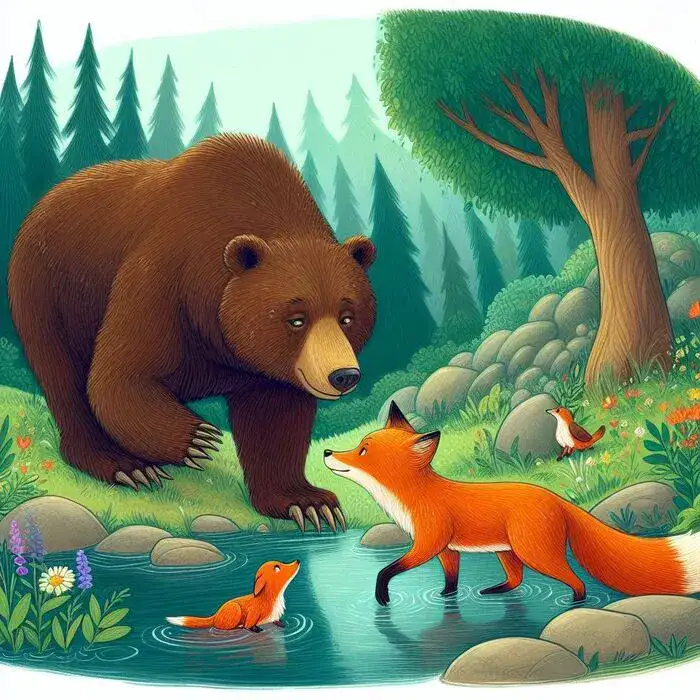English Documentary on Pythons with Transcript & Flashcards to improve your listening and reading skills and enrich your vocabulary Source of documentary: National Geographic YouTube Channel Listening comprehension https://www.youtube.com/watch?v=uns8vUQNxpc Reading comprehension Formidable snakes Almost no other predator on the planet inspires as much terror and curiosity as the python. One of the world’s longest snakes is a python. Length as a weapon The reticulated python of Southeast Asia usually grows around 16 feet long. However, the current record holder for the longest reticulated python measured at 25 feet. Pythons’ long bodies help the reptiles kill by way of constriction. They wrap their ...
Home » English Documentaries with Transcript » English Documentary on Pythons with Transcript & Flashcards

English Documentary on Pythons with Transcript & Flashcards
Updated: by Dr. Mohammad Hossein Hariri Asl
Time to Read: 4 minutes | 349 Views | 8 Comments on English Documentary on Pythons with Transcript & Flashcards
Share This Post
About the Author
Dr. Mohammad Hossein Hariri Asl is an English and Persian instructor, educator, researcher, inventor, published author, blogger, SEO expert, website developer, entrepreneur, and the creator of LELB Society. He's got a PhD in TEFL (Teaching English as a Foreign Language).
Number of Posts: 4226



I think that snakes are really scarry and i cant overcome my fear. Pythons are really dangerous and I just can’t think about that a big python came out nowhere and kill me.
Thanks for your comment, Soroosh.
Feedback
scarry = scary
i cant = I can’t / cannot
came out nowhere = came out of nowhere
When we ant to talk about fear, almost everyone name snake as a scary creature; But I don’t feel like that. I feel sorry for them that we kill them for different reasons as well. I think they are not scary but they are beautiful.
Thanks for commenting!
Feedback
we ant to talk about = we want to talk about
everyone name snake = everyone names / mentions a snake / snakes
creature; But = … creature; but …
It was truly terrifying that a python is capable of swallowing an animal two or three times wider than its jaw. Moreover, I found it interesting that pythons have legs (spurs). I have seen a few pythons, they were of course docile and tame. But I had never dared to hold them and take a picture.
Thanks for commenting.
Feedback
jaw = jaws (usually plural)
Astonishing creatures which evolved through millions of years from lizards to an awesome incredible predators with unique capibilities that if leave alone in their natural habitats are docile but as usual by human manipulation of the nature and pet trafficking may evantuate to catastrophic events and harm. I should say human let alone the nature and it’s creatures and do not meddle in the laws of nature.
Thanks for commenting!
Feedback
an awesome incredible predators = an awesome incredible predator
“if leave alone in their natural habitats are docile” = This part is ungrammatical and ambiguous.
evantuate = eventuate
it’s creatures = its creatures
Your last sentence should be revised to be grammatical and accurate.